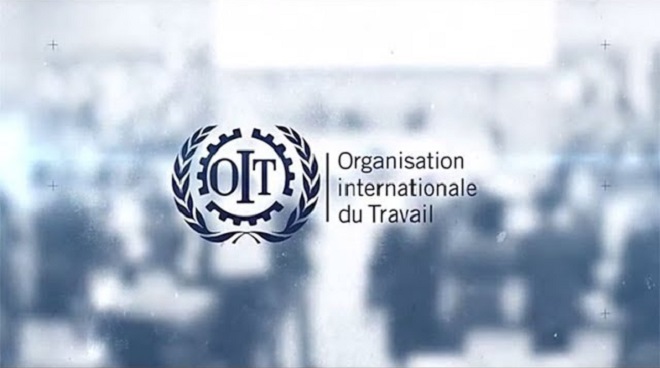
The labor market recovery stalled in the first quarter of 2022 amid multiple interconnected global crises, as well as rising inequality, according to a new report from the International Labor Organization, released on Monday.
” Multiple global crises lead to a sharp deterioration in the recovery of the global labor market, with increasing inequality between and within countries,” notes the ILO in the ninth edition of its Observatory for the World of Work.
According to the same source, after a significant increase in the last quarter of 2021, the number of working hours globally fell in the first quarter of 2022 to 3.8% below the reference period prior to the crisis (the fourth quarter of 2019). . This equates to a shortfall of 112 million full-time jobs, the same source asserts.
This is a sharp downward adjustment to the figures published by the International Labor Organization in January 2022.
→ Read also: Labor market Q1 2022: HCP score in 10 key points
The spread of new and interconnected international crises, including inflation (particularly energy and food prices), financial turmoil, a potential debt crisis and global supply chain disruptions – exacerbated by the war in Ukraine – raise the risk of a reduced working hours again in 2022, with repercussions More broadly on global labor markets in the coming months, the organization notes.
According to the ILO Monitor, the recovery is very mixed, and the divergence is sharp between the economies of rich countries and those of poor countries. While high-income countries saw a rebound in working hours, low-income economies and lower-middle-income countries suffered setbacks in the first quarter of this year, with a gap of 3.6% and 5.7%, respectively, in the reference period prior to the crisis. These divergent trends are likely to intensify in the second quarter of 2022.
In some developing countries, governments face increasing constraints due to a lack of fiscal space and debt sustainability challenges, while companies face economic and financial uncertainties and workers still do not have adequate access to social protection, the same source adds.
We add: More than two years after the onset of the epidemic, many actors in the world of work are still suffering from its effects on labor markets.
According to the International Labor Organization, labor income has not yet returned to its original level for the majority of workers. In 2021, three out of five workers were living in countries where labor income had not recovered to the level observed in the last quarter of 2019.
with map





More Stories
F-16 crashes in Ukraine – pilot dies due to his own error
Namibia plans to kill more than 700 wild animals to feed starving population
Endurance test for EU-Turkey relations and Ankara with Greece and Cyprus